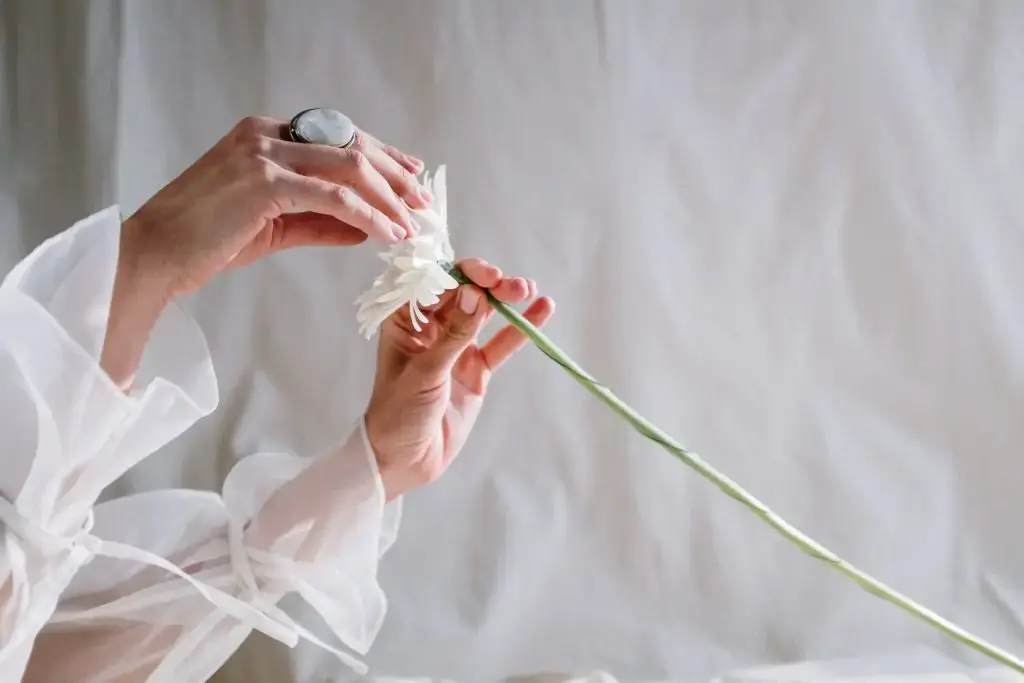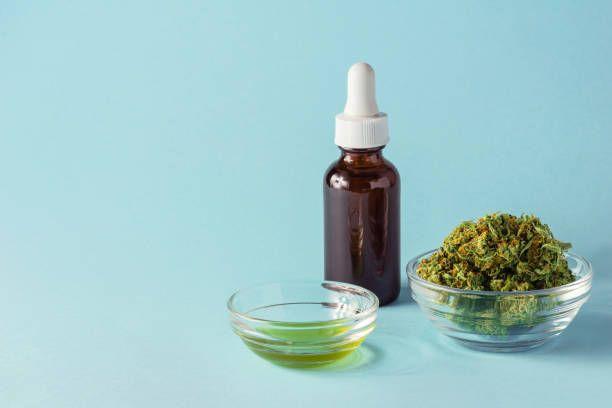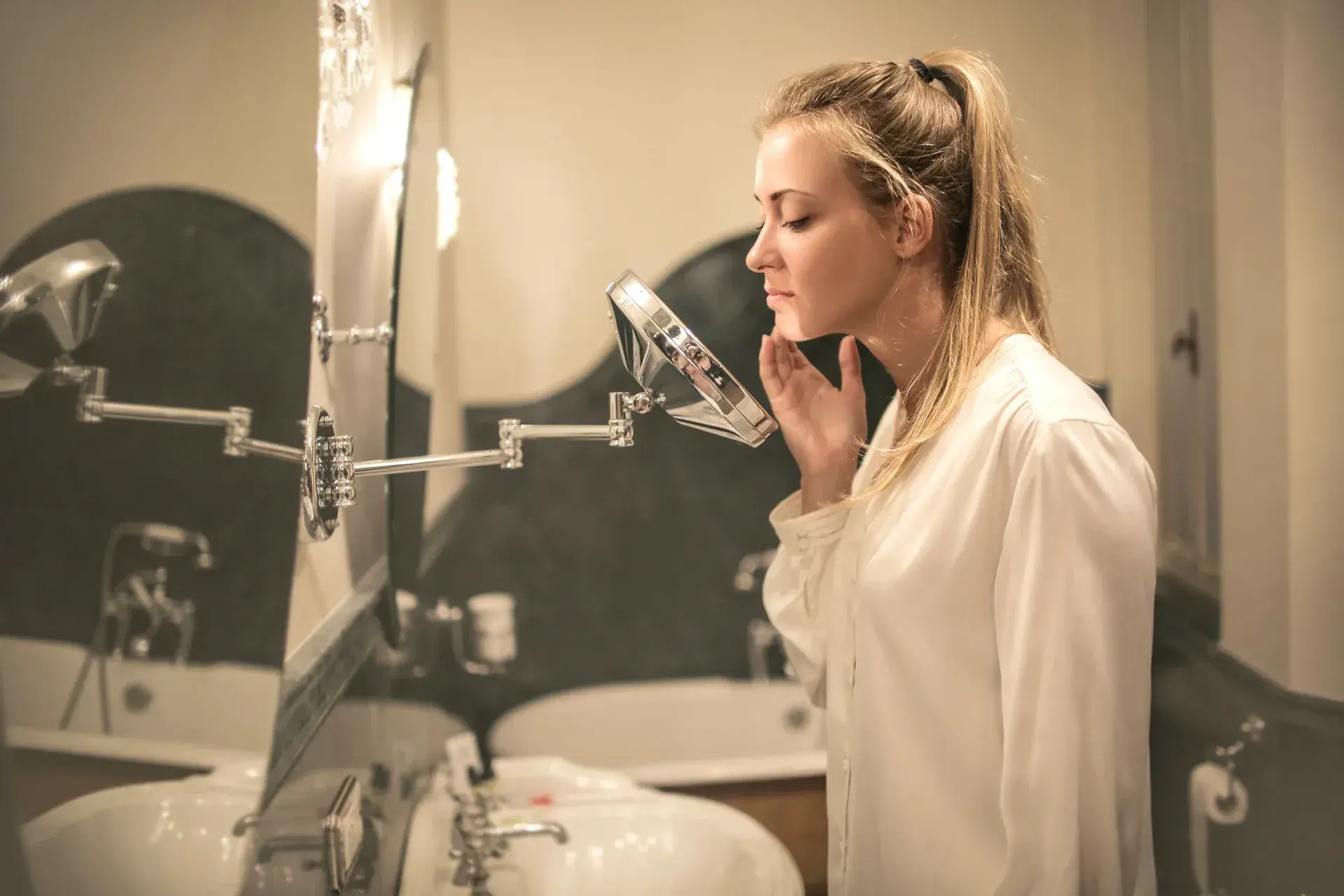Varieties of cuticles and methods of working with it
Today, there are many training centres where the basic course on manicure is 3-14 days. There are many types of manicure: European, classic, hardware and combined, and accordingly, each type has its technique.
Many girls mastering this profession, having little experience, practical work, try to create their own, for example, manicure with one nozzle (cutter), and you will see a beautiful photo confirming this. Or cutting the cuticle in a "dry" or "lemon" manicure. Faced with such "methods" we want to remind the nail artists about the variety of cuticles. These techniques, if applicable, can only be done in a particular case. Teaching with one technique, cannot be applied to all types of cuticles.
The only exception is the classic technique – classic manicure, i.e. edged, which should begin a basic training course on a manicure.
We want to note that in 3-4 days it is impossible to complete the entire basic course of a manicure!
Further training is possible, but not a basic course! Pay attention to it!
Often there is a cuticle in the form of a roller rising above the surface of the nail plate. The structure of such a cuticle is dry and tough, therefore, it can not be dealt with by the method of biological (European) manicure. You can process such a cuticle with both cutting tools and nozzles. At the same time, it is imperative to process the burrs so that no damaged tissue remains on the surface.

The next type of cuticle is tightly adjacent to the nail plate, almost creeping along with it. It looks like a thin transparent film, the “cuticle" border is visible. With such a cuticle, the roller is always higher, there are cracks and burrs. It is better to offer such clients a classic or combined manicure. It is better to move such a cuticle with a spatula after applying a remover or soaking, cut it off with scissors or cutters and remove burrs around the nail. Then we would recommend treating the skin with nozzles.
The proximal roller passes smoothly into the cuticle and does not have a sharp contrast (border). Moreover, the cuticle itself is elastic and resilient, very tightly attached to the nail plate and transparent. As a rule, it is very difficult to move and raise it with a spatula. Such a cuticle is never dry, but if it is improperly processed, a lot of burrs are not deep, but painful; pterygium can grow very much up to 50% to cover the nail plate. Such a manicure is best done with a bath to better soften the skin and safely remove pterygium from the plate without damaging it.
The essence of incorrect processing is that, with a fuzzy cuticle-roller border, the master can affect the roller itself with a cutting tool and damage it. And even if there is no visible damage (cuts), the skin of the roller is injured, delaminated, which as a result leads to the appearance of burrs. How to avoid damage? In a traditional hygienic manicure, it is better to work with a cuticle of this shape using scissors. Moreover, you should not cut off the entire cuticle, but leave a thin, even and smooth strip of cuticle skin.
In addition to tools, we use callus remover when processing cuticles. This term comes from the fusion of two words: (a structural protein that forms nails and hair) and lysis (dissolution, decomposition of a substance). It is drugs that can remove excess keratinization due to the destruction of the keratin structure. They come in two types – acidic and alkaline – and act differently in the treated area. Some dissolve, others exfoliate keratinized cuticle cells.
Alkaline contains alkali in a small concentration. It dissolves keratin, resulting in a softened keratin mass, which is easily removed mechanically. But the frequent use of such products leads to drying of the cuticle, the appearance of burrs and cracks. Sometimes the use of alkaline callus remover causes a burning sensation during the procedure, and then yellowing of the nail plates, because, depending on individual characteristics, not only the cuticle but also the surface layer of keratin of the nail plate can dissolve.
The second type of callus remover is acidic. They include a group of alpha-hydroxy acids (AHA): citric, lactic acid. Besides, AHAs are excellent moisturizers that last for two to five days after application. Outwardly, this is manifested in the fact that the keratinized cuticle almost does not form. Feel the difference. Unlike alkaline, AHA does not "dissolve" keratin, but destroy the bonds between the skin flakes. As a result, layers of excess keratinization gradually exfoliate. A true professional should be able to master various manicure techniques well and use them wisely. After all, it is an individual approach to each client that allows you to process the cuticle and rollers most thoroughly and “save” the aesthetic appearance of the manicure for a long time. At the end of any procedure, it is necessary to apply a protective oil or cream for nails and skin, which includes moisturizing, protective, nutrients. They not only have beneficial effects on the skin but also condition the nails, giving them additional flexibility.
Author Tatyana Kovalenko









